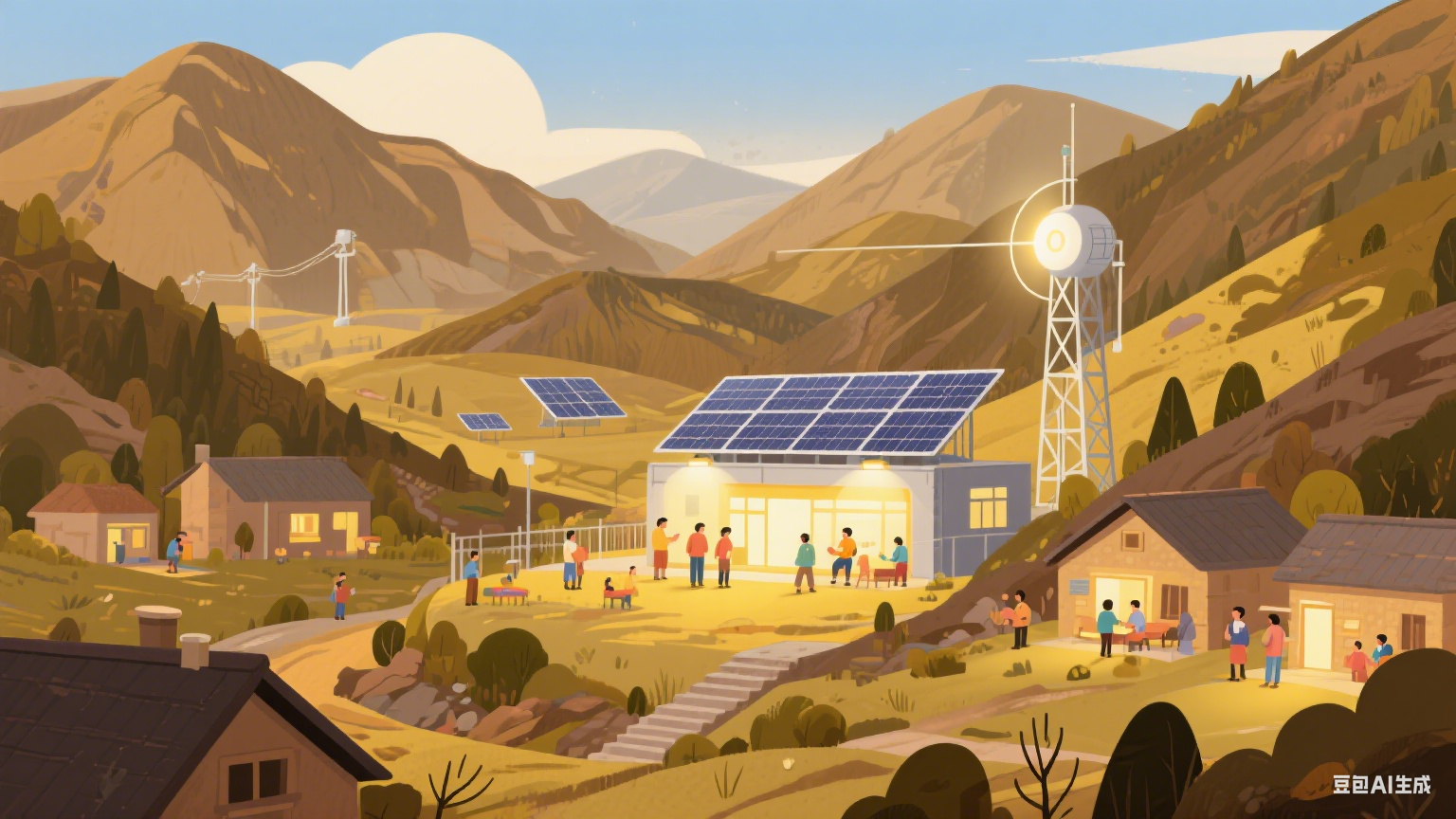可再生能源潜力有多大?

Renewable energy comes from natural sources replaced faster than we use them. Generating it produces far lower emissions than burning fossil fuels like coal, oil, and gas. Since fossil fuels cause most emissions today, switching to renewables is vital for solving the climate crisis. Several common sources provide this clean power.
Solar energy is the most plentiful resource. It can be collected even on cloudy days. The Earth receives solar energy about 10,000 times faster than humans consume energy. Solar technologies provide heat, cooling, light, electricity, and fuels. They change sunlight into electricity using photovoltaic panels or mirrors focusing the sun’s rays. While sun levels vary, every country can use solar power significantly.
Geothermal (地热的) energy uses heat from deep inside the Earth. Wells bring this heat to the surface. Naturally hot and permeable underground areas are hydrothermal resources. Systems improved by engineers are called enhanced geothermal systems. Hot fluids reaching the surface generate electricity. Making electricity from natural hydrothermal resources is a mature, reliable technology used over 100 years.
Meanwhile, hydropower captures energy from water moving downhill. It uses stored water in reservoirs or the natural flow of rivers (run-of-river plants). Hydropower reservoirs often have multiple uses like supplying drinking water, irrigation, flood control, and navigation, besides energy. Currently, it’s the largest renewable electricity source globally. However, it needs stable rainfall and can be harmed by climate-induced droughts or ecosystem changes affecting rain. Large hydropower structures can damage local environments. Therefore, small-scale hydro is often more environmentally friendly, especially for remote communities.
Finally, bioenergy comes from organic materials called biomass, including wood, charcoal, animal waste, and certain crops for heat, power, or fuels. In developing countries, poorer rural populations often use biomass for cooking, light, and heating. Modern systems use dedicated crops, farm/forest leftovers, and organic waste. Burning biomass releases greenhouse gases, but less than fossil fuels. Still, bioenergy use should be limited, as large-scale energy crops can cause forest loss and harmful land-use changes.
原创编写 版权所有 侵权必究! 每日更新 个性化阅读 英语飙升!

